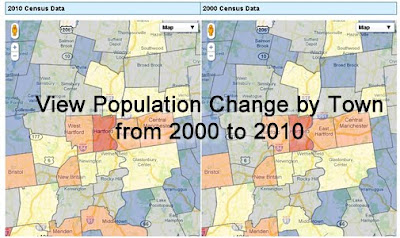The U.S. Census Bureau will hold a media webinar prior to the March 24 release of the final states redistricting data, national mean center of population and release of 2010 Census Briefs on population distribution and race and ethnicity. Reporters will learn the background on race and Hispanic origin concepts and the types of race and ethnic data that will be reported in the upcoming 2010 Census releases. The webinar will consist of a simultaneous audio conference and online presentation. Reporters will be able to ask questions during the audio conference once the presentation is complete.
When:
Tuesday, March 22, 2011, 2 p.m. (EDT)
Who:
Karen Humes, assistant division chief, Special Population Statistics, Population Division
Nicholas A. Jones, chief, Racial Statistics Branch, Population Division
Roberto R. Ramirez, chief, Ethnicity and Ancestry Branch, Population Division
Details:
Audio conference — access information
Toll free number: 888-324-7210
Participant passcode: CENSUS
Questions and answers are limited to media
Online presentation — access information
Please login early, as some setup is required:
URL: https://www.mymeetings.com/nc/join/
Conference number: PW6204276
Audience passcode: CENSUS
Follow us on Twitter, Facebook, Flickr and YouTube (/uscensusbureau).


